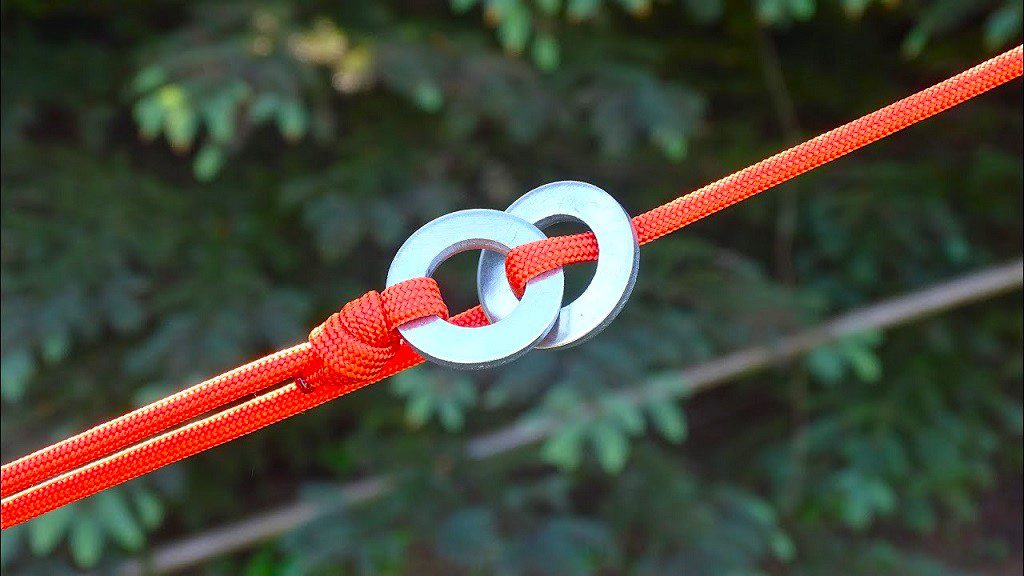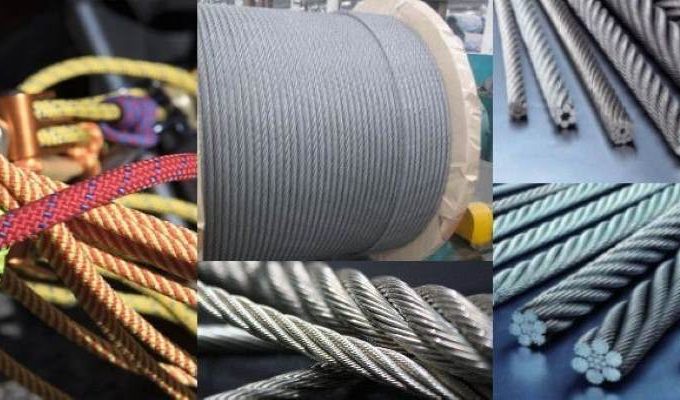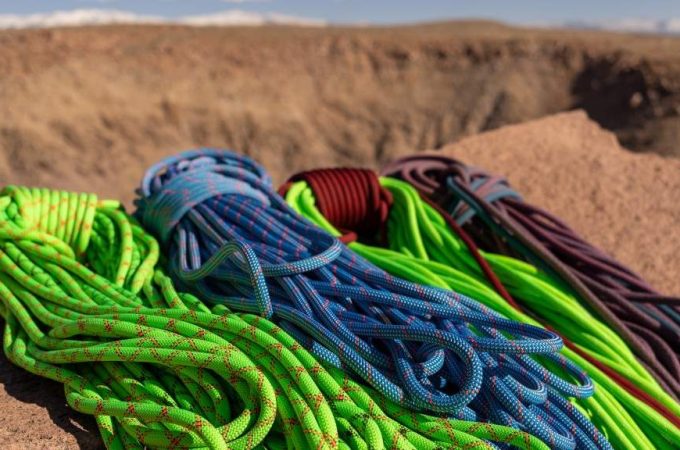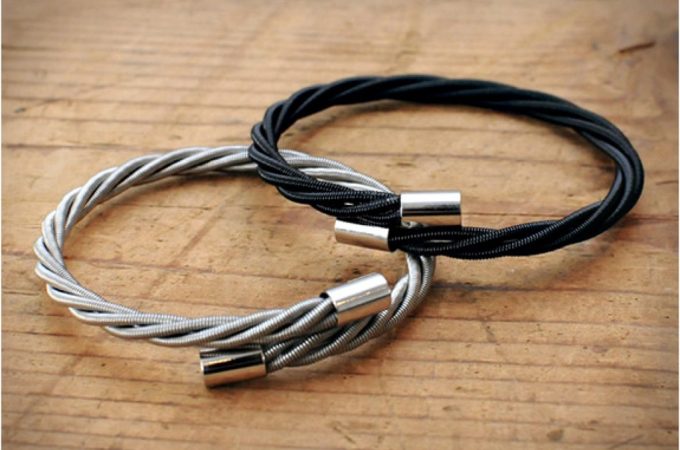
Tent Rope Tensioner Guide: Secure Pitching Tips!
A tent rope tensioner is a device used to tighten and secure the ropes of a tent. It ensures optimal tautness, preventing sagging and flapping in windy conditions.
Contents at a Glance
ToggleWhen setting up camp, a reliable tent is essential for a comfortable outdoor experience. Harsh weather can turn a cozy retreat into a challenging ordeal, and that’s where tent rope tensioners come into play. They are compact and lightweight, making them a staple in every camper’s kit.
These tensioners often feature simple mechanisms, such as twists or clips, enabling quick adjustments to the guy lines without the need for complex knots. By using a tent rope tensioner, campers can achieve a taut, stable setup, which not only prolongs the life of their tent but also enhances their safety and comfort in the great outdoors. Whether for seasoned adventurers or weekend warriors, these tools are indispensable for a well-pitched shelter.
Importance Of Proper Rope Tension
Maintaining optimal rope tension with a tent rope tensioner ensures your tent structure remains stable and secure. Proper tension adjustment protects against weather-related mishaps, enhancing campsite safety and peace of mind.
Impact On Stability
- Resist wind: Tight ropes ensure the tent can withstand gusts, reducing the chance of collapse.
- Maintain structure: A well-tensioned tent preserves its shape, providing full interior space and headroom.
- Enhance durability: By reducing flapping and rubbing, tightly secured ropes minimize wear on the tent fabric.
Prevention Of Sagging
- Compromised comfort: A sagging tent can touch your sleeping area, making for a damp and uncomfortable rest.
- Reduced protection: Water pooling on the tent surface can lead to leakage and potential damage to your gear.
- Accelerated wear: Sagging puts uneven pressure on the tent seams and fabric, hastening material fatigue.

Credit: foxtrail.fjallraven.com
Types Of Tent Rope Tensioners
Every camper knows that a stable tent is the cornerstone of a safe and comfortable outdoor experience. A crucial component to achieving that stability is the tent rope tensioner, which keeps your tent securely anchored, even in rough weather. Tensioners come in various forms, each designed to withstand the forces of nature while making setup a breeze for campers. Let’s explore three popular types of tent rope tensioners that you might consider for your next outdoor adventure.
Slide Adjusters
- A slot or hole for the rope
- A locking mechanism to maintain the desired tension
- Durable materials like plastic or metal to resist wear and tear
Cam Tensioners
- Ease of use without the need to tie or untie knots
- Reliable grip that increases with tension
- Compatibility with a variety of rope thicknesses
Line Locks
- High adjustability for precise tension control
- A compact form factor that is lightweight and easy to pack
- Quick-release feature to swiftly dismantle your setup
Understanding the different types of tent rope tensioners not only enhances your stability in the great outdoors but also adds convenience to your camping experience. Choose wisely based on the environment you’ll be exploring, and rest assured that your tent will stand firm against the elements.
How To Use Tent Rope Tensioners
Secure your tent effectively using rope tensioners, which offer a simple twist-and-tighten mechanism for optimal stability. Thread the rope through the tensioner, pull it taut, and twist it to lock it in place for a firm, wind-resistant setup.
Step-by-step Instructions
Getting your tent ropes tight and secure is simple if you follow these instructions:
- Unravel the Rope: Begin by laying out your tent and unraveling the ropes. Make sure they are free of knots and tangles.
- Attach the Tensioner: Slide the rope through the tensioner. Depending on your tensioner’s design, you may need to loop it through holes or slots.
- Securing the Rope: Tie the end of the rope to a ground stake. Pull it tight to ensure the initial tension.
- Adjusting Tension: Go back to the tensioner and pull the rope through to tighten. Your goal is to eliminate any slack in the line.
- Locking the Position: Some tensioners will automatically lock into place, while others may require a simple twist or flip to secure the rope’s position.
- Final Check: Gently tug on the ropes to make sure they are secure and will hold up to environmental stressors.
Practical Tips For Secure Pitching
- Choose the Right Terrain: Set your tent up on level ground free of rocks and debris to reduce stress on the ropes.
- Angle Your Stakes: When driving your stakes into the ground do so at an angle away from the tent for greater holding power.
- Evenly Distribute Tension: Ensure that all sides of the tent are evenly tensioned to prevent uneven forces.
- Use Reflective Ropes: Opt for tents with reflective guy lines or add reflective tape to enhance visibility and prevent accidental trips at night.
- Regular Adjustments: Check and re-tension your ropes periodically throughout your stay, especially after heavy wind or rain.
- Proper Storage: When packing up, coil your ropes and store tensioners attached to avoid loss and tangles.
Troubleshooting Common Tensioner Issues
When it’s time to settle in after a long day of hiking, the last thing you want is a sagging tent due to tensioner problems. Tent rope tensioners are critical for a taut and secure setup, but they can encounter issues that compromise their effectiveness. Addressing these common tensioner concerns can help you maintain a sound structure and ensure your tent remains steadfast in any environment. Let’s explore some practical solutions to the most frequent tensioner headaches.
Avoiding Slippage
- Check the rope material: Use ropes designed for camping, typically made of nylon or polyester, that offer better grip with tensioners.
- Inspect the tensioner grip: Ensure the tensioners are in good condition, without wear that could reduce friction.
- Follow proper threading techniques: Tensioners work best when the rope is threaded correctly – refer to the manufacturer’s guide for instructions.
- Double-back the rope: If slippage persists, loop the rope through the tensioner a second time to increase friction.
For an extra layer of security, adjust your tent’s placement away from smooth surfaces that could contribute to rope slippage.
Handling Extreme Weather Conditions
Extreme weather adds another layer of complexity to maintaining tent integrity. High winds and heavy rain can test the limits of even the sturdiest tensioners. Take the following steps to fortify your tent’s resilience:
- Upgrade to all-weather tensioners: Some tensioners are specifically engineered for harsh conditions; consider these for peace of mind.
- Adjust the tension: Tighten the ropes before a storm to reduce wind-induced vibrations.
- Reposition your stakes: Angling them away from the tent at about a 45-degree angle can enhance their hold on the ground.
- Routinely check tension: Periodically assess and adjust the tension during ongoing bad weather to combat loosening.
Maintenance Tips For Long-lasting Tensioners
Maintaining your tent rope tensioners is key to ensuring they perform well on every outdoor adventure. Neglecting their upkeep can lead to premature wear and a potential compromise in tent stability when you need it most. Below are essential maintenance tips to keep your tensioners in prime condition for the long haul.
Cleaning And Storage
- Detach the tensioners from the ropes.
- Use a soft brush and mild soapy water to gently scrub them.
- Rinse thoroughly with clean water.
- Dry completely before storage to prevent rust in metal components.
Replacement Considerations
Even with meticulous care, tensioners may eventually require replacement. Here are key considerations when evaluating their condition:
- Inspect tensioners regularly for noticeable cracks, warping, or corrosion.
- Assess the integrity of the springs in spring-loaded models as they may lose tension over time.
- Ensure compatibility with your tent ropes when purchasing replacements, as mismatched tensioners can lead to ineffective tensioning and rope damage.
Frequently Asked Questions Of Tent Rope Tensioner
How Do You Tension A Tent Rope?
To tension a tent rope, first anchor the rope to the ground with a stake at a 45-degree angle from the tent. Pull the rope taut while sliding the rope’s adjuster down towards the stake until the desired tension is achieved, securing the line tightly.
How Do You Use A Plastic Cord Tensioner?
Thread the cord through the tensioner’s base. Align the tensioner with the mounting surface. Screw the base securely in place. Wrap the excess cord around the tensioner’s arm. Lock the cord by snapping the arm into the base.
What Are The Ropes On Tents Called?
The ropes on tents are commonly referred to as guy lines or guy ropes. These provide stability and shape to the tent structure.
Do You Need To Use Guy Ropes?
Yes, guy ropes are necessary for securing tents, and ensuring stability and safety in windy conditions or on uneven terrain. They help maintain tent’s shape and structure.
Conclusion
Securing your tent effectively can make all the difference in outdoor adventure. The tent rope tensioner offers a simple solution for a taut setup, night after night. Remember, a stable tent means less worry about the elements and more enjoyment of nature’s beauty.
Embrace this nifty gadget for peace of mind.





